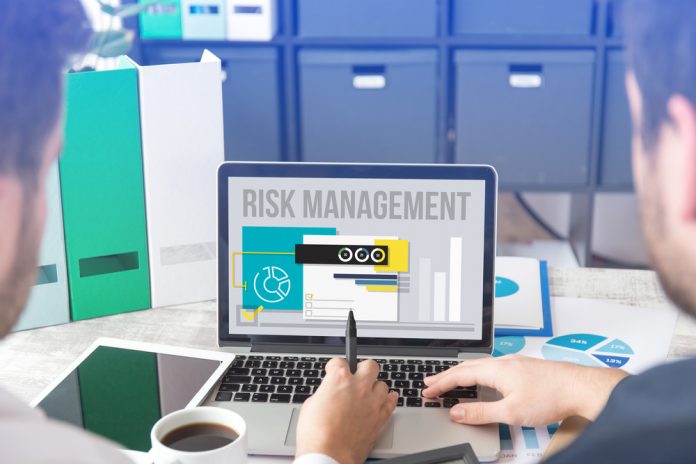As a small business owner, you have a duty of care to look after your employees and customers. If you fail to do so, the financial implications are severe. In the UK, there were more than 640,000 workplace injuries recorded in 2012/13. Every year, there are around 4,000 serious injuries and 60 fatalities caused by falls from height. 2,000 people are injured in accidents involving vehicles. Even relatively minor incidents such as sprains and slips are costly, leading to a loss of productivity.
Small businesses are usually covered by insurance, nevertheless, the HSE estimates that annual uninsured losses add up to £315 per employee. When an employee has an accident on your watch, you may be hit by fines, legal costs, the expense of paying for temporary labour and making repairs to equipment, and you may also lose lucrative contracts. The impact on time and money can be devastating, and in the case of a serious incident, you could lose your business, your livelihood, and even your liberty if you end up in prison.
Health and safety need to be a priority. Even minor accidents such as trips and falls are costly, but in almost all cases, health and safety incidents are entirely preventable. Here are some of the key areas you need to address when you hire employees.
Draw Up a Health and Safety Policy
The very first thing you should do is create a Health & Safety policy and nominate a key person to oversee all health and safety issues. This will probably be you if you run a small business, but it could also be your office administrator or a senior manager. It needn’t be an onerous job; there are free templates online to get you started.
Tip: Be aware that this is a statutory requirement if you employ more than five people.
Carry Out a Risk Assessment
To prevent incidents, you need to be prepared for every eventuality. Carry out a risk assessment and look at where accidents and incidents might occur. For example, do you have adequate signage in the event of a fire? Do you provide suitable safety supplies to your employees, such as High-Viz clothing, appropriate footwear, hard hats, etc.? Look for risks and work out how to mitigate them.
Health and Safety Training
For obvious reasons, the level of risk in an office is far lower than in a warehouse or factory, but don’t assume health and safety guidance/training isn’t required. All employees should have a health and safety induction and be trained to do their job safely. There needs to be statutory health and safety guidance displayed in key locations in the workplace.
Tip: If you carry out high-risk activities on site, such as working with chemicals, heavy plant, or at height, special licences may be required to protect you and your employees.
If you don’t have the time or experience to implement a health and safety policy, outsource the job to a professional. After all, it is better to be safe than sorry.
Find a Home-Based Business to Start-Up >>> Hundreds of Business Listings.

















































